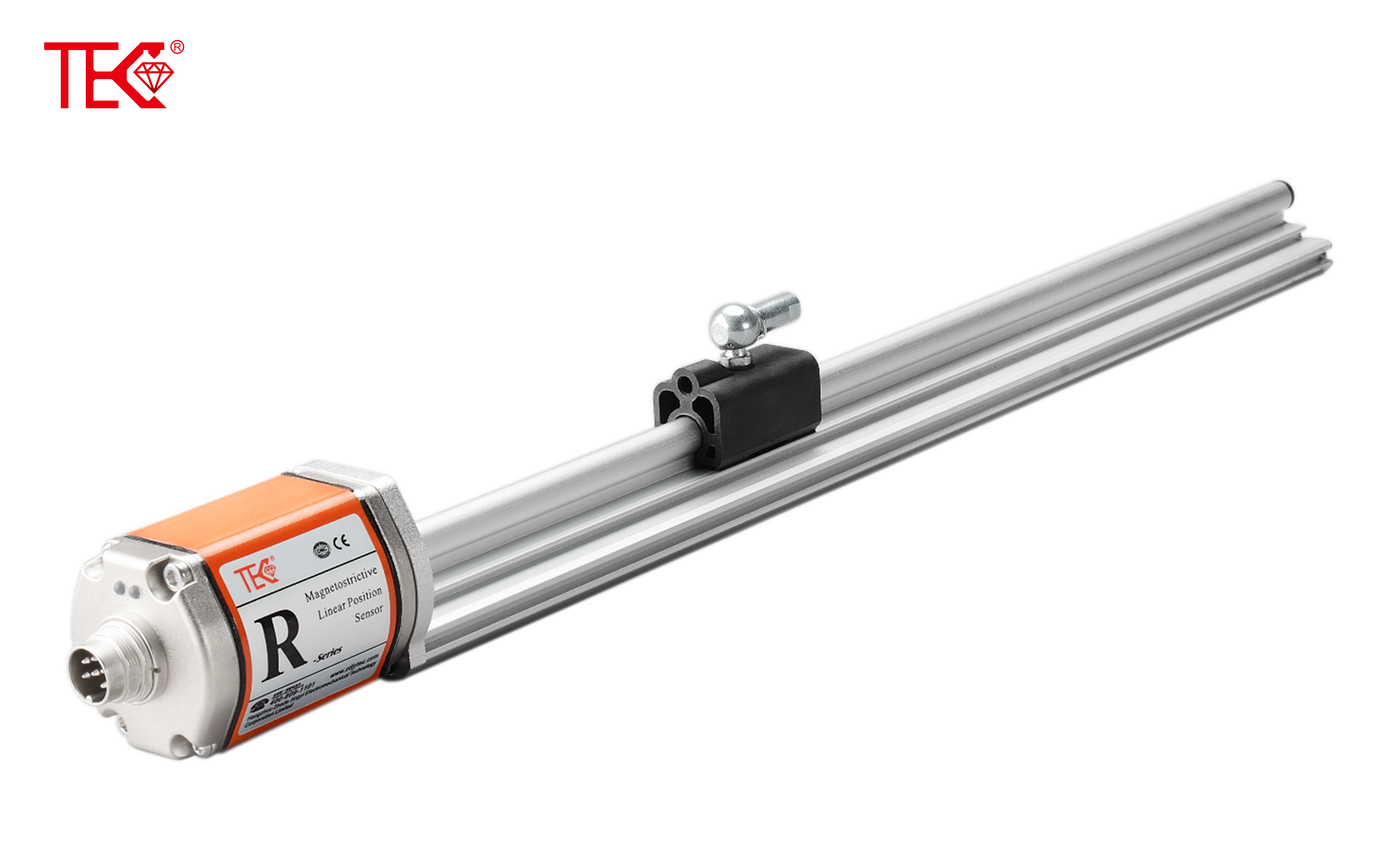Comparing Magnetic Scale vs Magnetostrictive Displacement Sensors: Which is Right for Me?
**Comparing Magnetic Scale vs Magnetostrictive Displacement Sensors: Which is Right for Me?**
**Introduction**
In the world of precision measurement, displacement sensors play a crucial role in various industrial and scientific applications. Among the various types of displacement sensors, magnetic scale and magnetostrictive sensors stand out as two popular choices. Both technologies have their unique advantages and disadvantages, making it crucial for users to understand the key differences between them before making a purchasing decision.
**Magnetic Scale Sensors: Fundamentals and Applications**
Magnetic scale sensors operate on the principle of magnetic field detection. They consist of a magnetic scale, typically made of ferromagnetic material, and a sensor head that reads the position of the scale. As the scale moves, the sensor head detects changes in the magnetic field, converting them into accurate displacement measurements.
Magnetic scale sensors are commonly used in applications where cost is a primary concern, and the measurement resolution is not as critical. They are also suitable for environments with moderate temperature variations and where the sensor does not need to be highly immune to external magnetic interference.
**Magnetostrictive Displacement Sensors: Technology and Advantages**
Magnetostrictive displacement sensors, on the other hand, utilize the magnetostrictive effect to measure displacement. When a magnetic field is applied to a ferromagnetic material, it undergoes a small dimensional change. By monitoring this change, the sensor can accurately measure displacement.
Magnetostrictive sensors are renowned for their high resolution, precision, and repeatability. They are often used in demanding applications where precise positioning and reliable measurements are essential. These sensors are also resistant to temperature changes and external magnetic interference, making them suitable for harsh industrial environments.
**Comparing Performance Parameters**
When comparing magnetic scale and magnetostrictive displacement sensors, several key performance parameters come into play:
* **Resolution**: Magnetostrictive sensors typically offer higher resolution than magnetic scale sensors.
* **Accuracy**: Both technologies can achieve high accuracy, but magnetostrictive sensors tend to be more precise.
* **Range**: Magnetic scale sensors may have a wider measurement range, while magnetostrictive sensors excel in shorter ranges.
* **Environmental Resistance**: Magnetostrictive sensors are generally more robust to temperature changes and external magnetic fields.
* **Cost**: Magnetic scale sensors tend to be more cost-effective, especially for large-scale deployments.
**Choosing the Right Sensor for Your Application**
Choosing between magnetic scale and magnetostrictive displacement sensors ultimately depends on your specific application requirements. If you need high-precision measurements in a demanding environment, magnetostrictive sensors may be the right choice. However, if cost is a significant factor, and your application does not require extreme precision, magnetic scale sensors may be a more suitable option.
In conclusion, both magnetic scale and magnetostrictive displacement sensors have their merits and applications. Understanding the key differences between them and how they align with your specific needs will help you make an informed decision.
 How to choose a magnetostricti
How to choose a magnetostricti
 Where can the magnetostrictive
Where can the magnetostrictive
 How to choose a magnetostricti
How to choose a magnetostricti
 Working principle of explosion
Working principle of explosion
